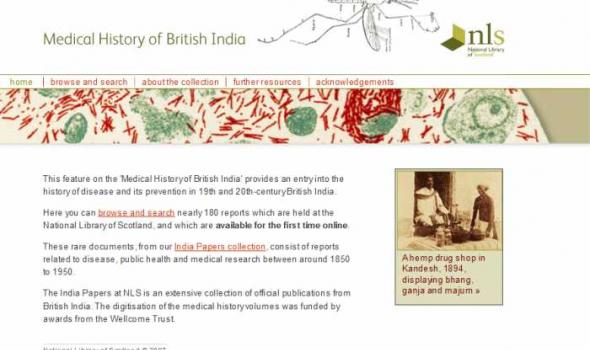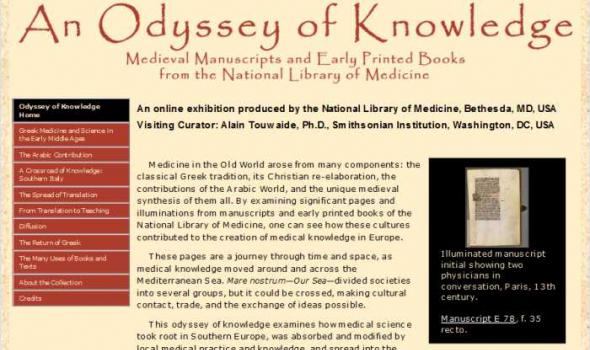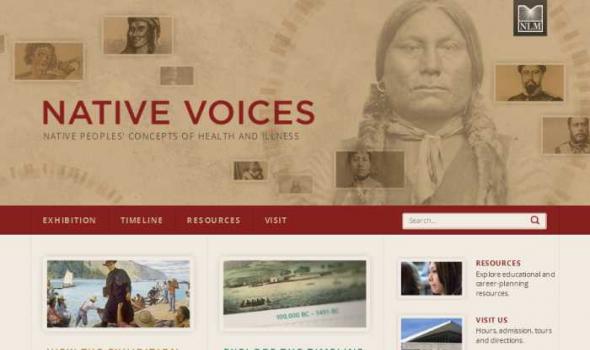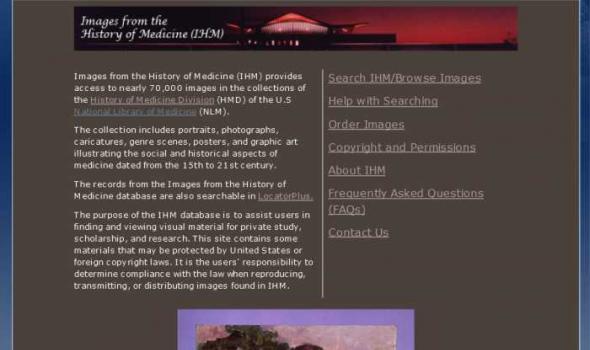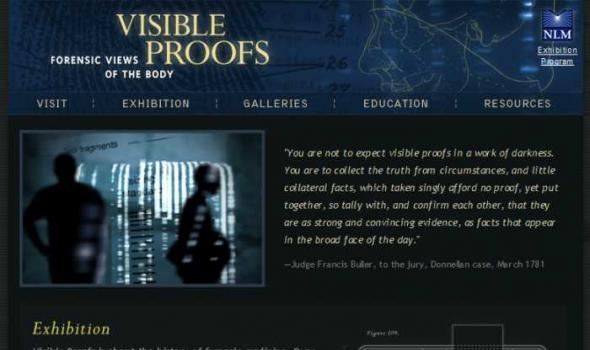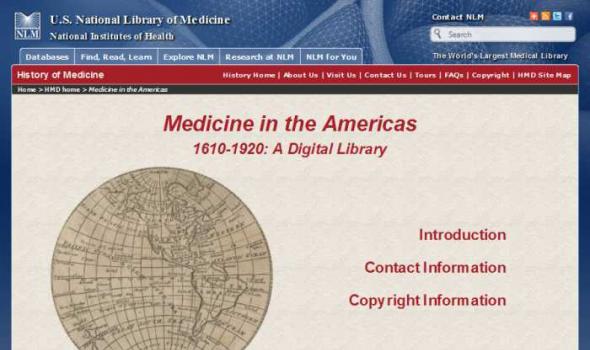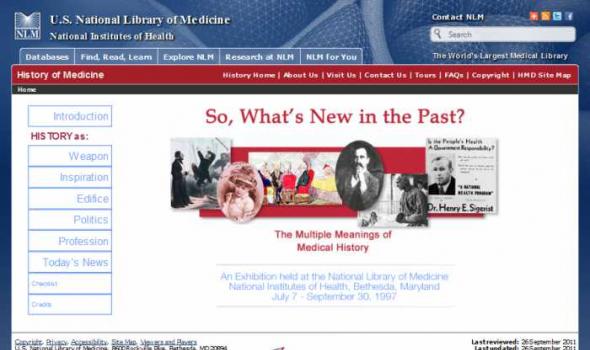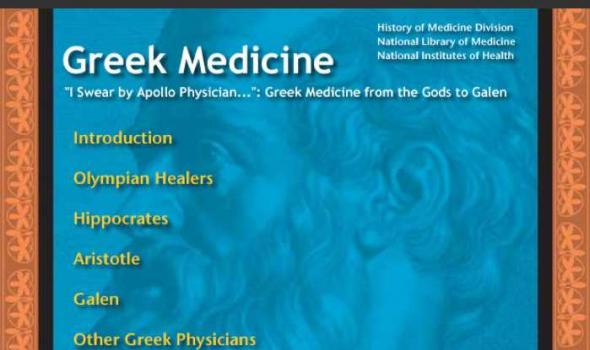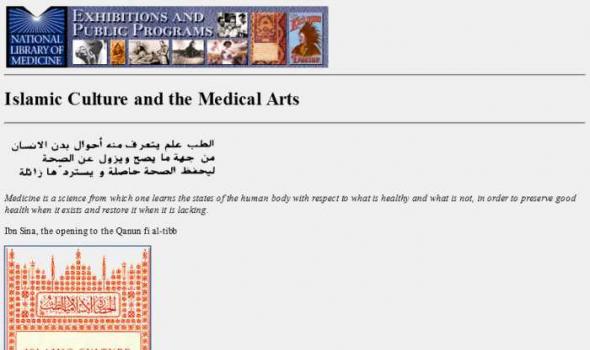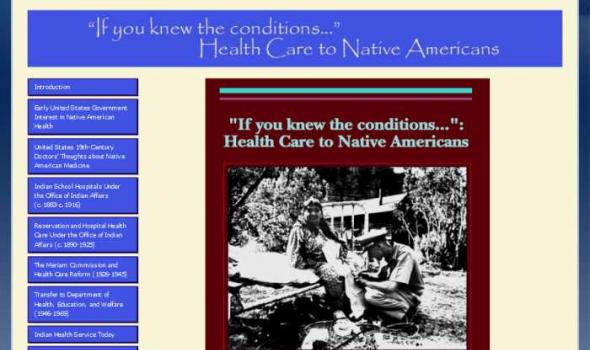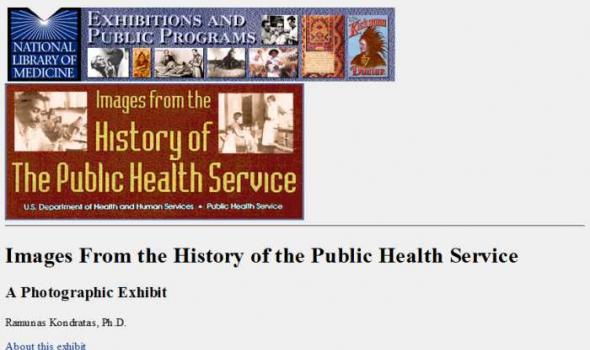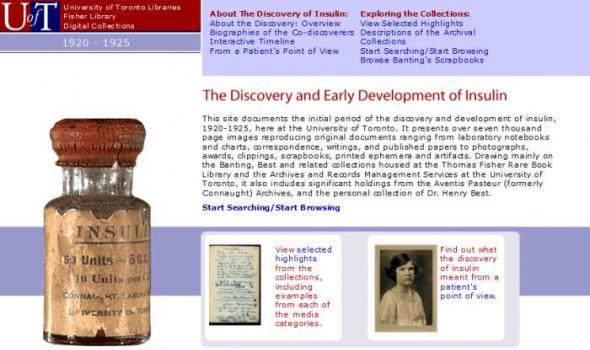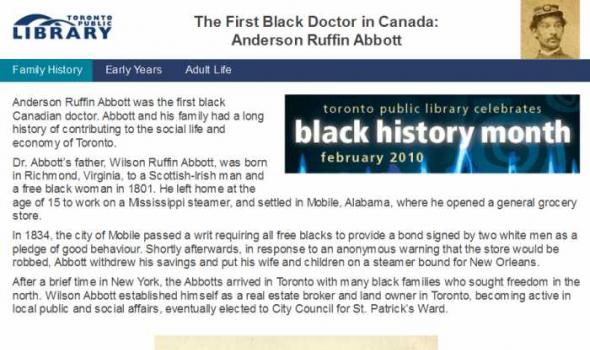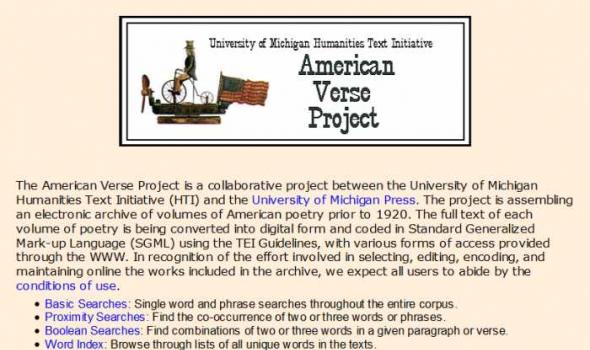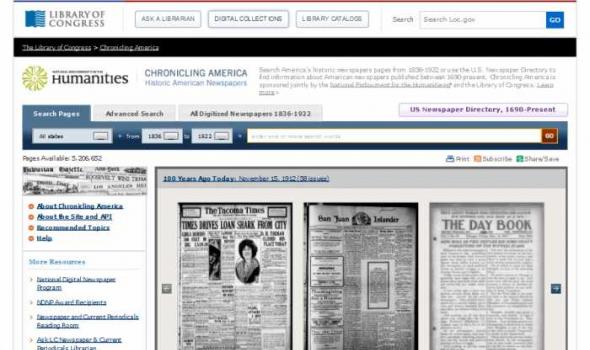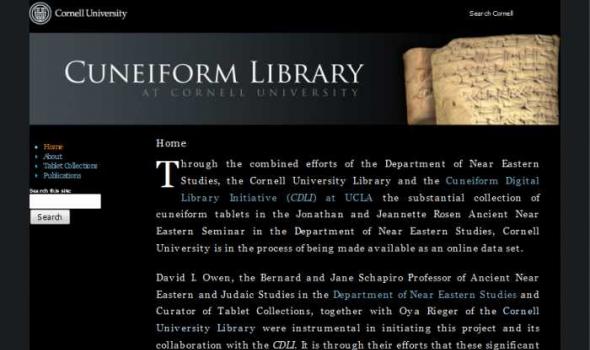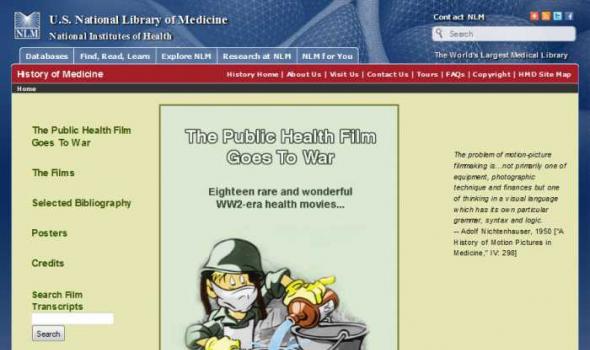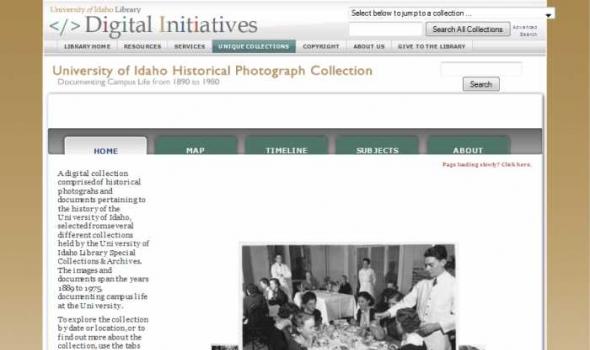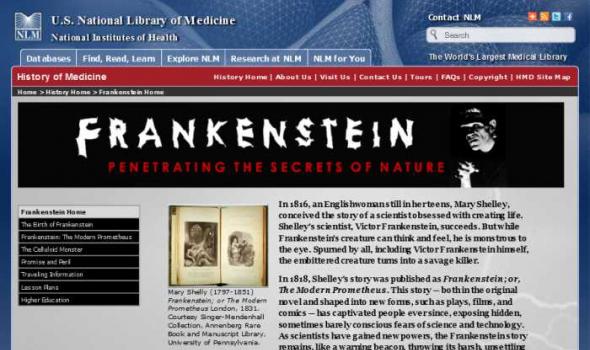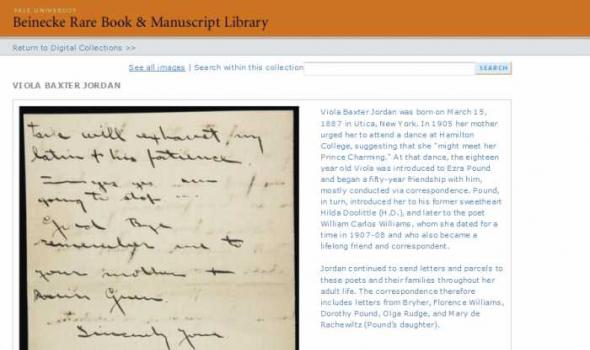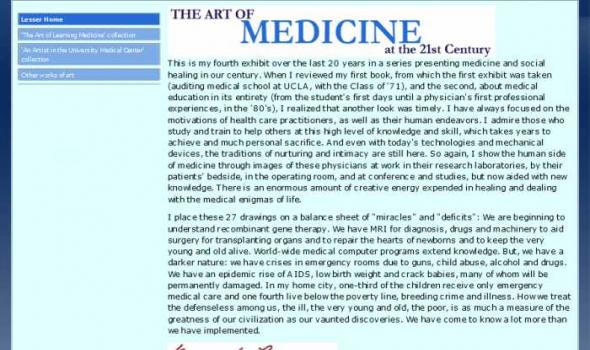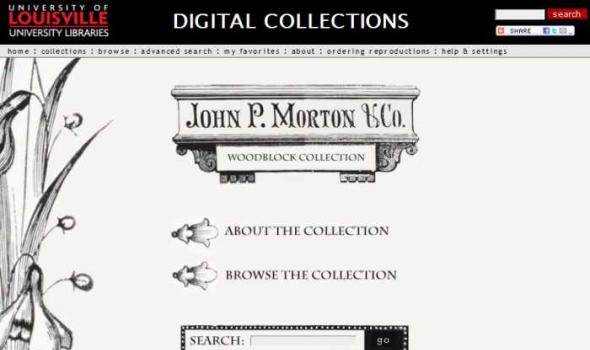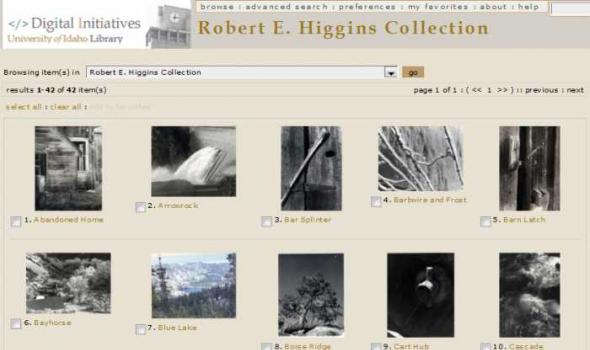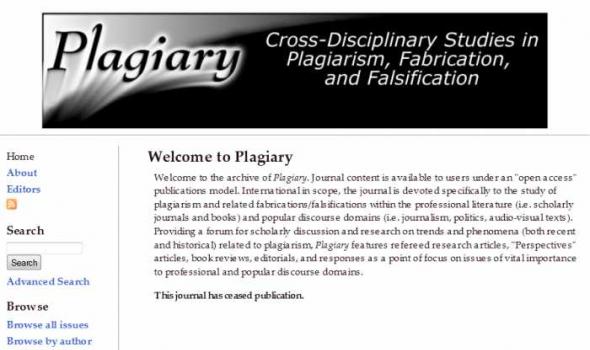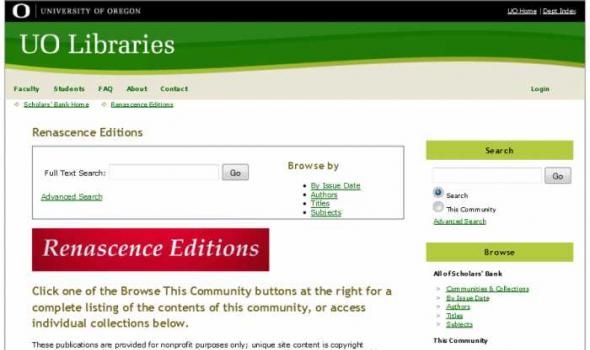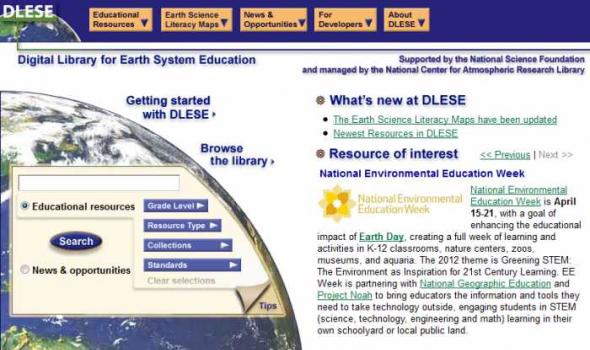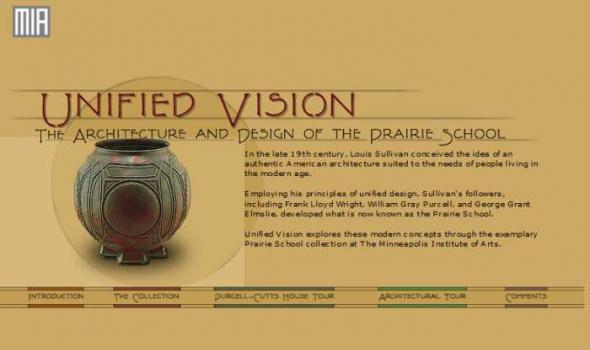Medical history
The Medical History of British India collection consists of official publications varying from short reports to multi-volume histories related to disease, public health and medical research between circa 1850 to 1920. These documents form invaluable source material for the reconstruction of the history of disease and medicine in British India. Although a large section of it has an all-India scope, the collection is especially rich in documents related to Bombay and the Punjab. The Bombay plague of 1896-1899, one of the severest outbreaks, is particularly well covered.
Medicine in the Old World arose from many components: the classical Greek tradition, its Christian re-elaboration, the contributions of the Arabic World, and the unique medieval synthesis of them all. By examining significant pages and illuminations from manuscripts and early printed books of the National Library of Medicine, one can see how these cultures contributed to the creation of medical knowledge in Europe.
These pages are a journey through time and space, as medical knowledge moved around and across the Mediterranean Sea. Mare nostrum—Our Sea—divided societies into several groups, but it could be crossed, making cultural contact, trade, and the exchange of ideas possible.
Exhibition Healing Ways Uncover how diverse lifestyles and shared experiences have helped sustain the health and well-being of Native populations for generations. Hōkūle‘a Native Hawaiians owe their existence to the Hōkūle‘a voyaging canoe. Its resurgence in the last century has led to a cultural revival, inspiring Native Hawaiians of all ages to learn more about, and to value, their traditions. Healing Totem The National Library of Medicine’s healing totem was created by master carver Jewell James, of the Lummi Nation in the Pacific Northwest, to promote good health.
History of Medicine Introduction The National Library of Medicine's Bathtub Collection is an archive of materials found in the old bindings when rare books in the Library were conserved. The materials found in the bindings include fragments of old printed books or manuscript materials which are often treasures on their own. In the Bathtub Collection, NLM has organized and described these fragments and made them available to scholars. The story of the Bathtub Collection begins in the middle of the last century. In the 1940's, The Army Medical Library, as the National Library of Medicine was then known, began a serious conservation program for its rare book collection. The AML hired Dorothy Schullian as curator of rare books and Jean Eschman, a master bookbinder from Switzerland.
Home > Library Catalogs & Services > Fact Sheets > Images from the History of Medicine (IHM) Fact Sheet Images from the History of Medicine (IHM) Overview Images from the History of Medicine (IHM) is a database of nearly 70,000 images in the National Library of Medicine's (NLM) historical collections. The collection of portraits, photographs, fine prints, caricatures, genre scenes, posters, and other graphic art illustrates the social and historical aspects of medicine from the Middle Ages to the present. Subjects range from medieval medical practice to 19th century slum conditions to World War I hospitals to the international fight against drug abuse and AIDS.
Exhibition We, the living, instinctively recoil in the presence of death. Whether the deceased is a beloved, a friend, or a stranger, the shock of death's finality registers. When a life is unexpectedly extinguished, we need answers and seek the cause. Today, this need is addressed in police investigations, laboratories, courtrooms, and all of the venues in which scientific medicine interacts with the law—the field of forensics. Visible Proofs is about the history of forensic medicine. Over the centuries, physicians, surgeons, and other professionals have struggled to develop scientific methods that translate views of bodies and body parts into "visible proofs" that can persuade judges, juries, and the public.
History of Medicine John Ballard Blake, Ph.D. Historian John Blake made significant contributions to the field of medical history. He was educated at Yale, BA, 1943, with Honors in History, Harvard, MA, 1947, and Ph.D., 1954, in American history. He was among the first generation of historians of medicine to come out of history departments, rather than clinical medicine, and he helped integrate the subject into the broader field of social history. His interests were primarily the history of public health in America and women’s history. His books and articles dealt with public health in 18th and early 19th century Boston, medicine in colonial America, and women and medicine in 19th century America.
The History of Medicine Division of the National Library of Medicine has a rich collection of illustrated anatomical atlases dating from the 15th to the 20th century. The Historical Anatomies on the Web Project has been designed to broaden access to this collection by providing high-resolution downloadable scans of selected important images from the atlases. Atlases and images have been chosen for their historical and artistic significance by the project's content coordinator, Michael North. Important images may be omitted if the atlas is damaged or fragile, or if the work is bound in such a way as to impede high quality scanning. A priority has been placed upon scanning the earliest and/or the best edition of a work in Library's possession. The scans generally omit text.
History of Medicine Early Days Almanacs have been a part of American life since its very beginning. One of the first books printed in English America was an almanac. By the mid-18th century the almanac had become, after the Bible, the book most likely to be found in ordinary homes. Produced annually, almanacs provided practical information and entertainment. The main feature was a calendar which showed the months and days, the positions of the moon and the planets, religious and civil commemorations, and weather predictions, sometimes decorated with an illustration of a seasonal scene or the sign of the zodiac. Medieval almanacs showed the church’s feast and fast days.
History of Medicine Introduction Medicine in the Americas is a digital library project that makes freely available original works demonstrating the evolution of American medicine from colonial frontier outposts of the 17th century to research hospitals of the 20th century. Drawing on the collections of NLM's History of Medicine Division and including works from the United States, Latin America, the Caribbean and Canada, this initial release of Medicine in the Americas encompasses monographs dating from 1610 to 1865. Additional titles, dating up to 1920 and drawing further upon NLM's comprehensive collection of early American printed books and journals, will be available on an ongoing basis in the future.
History of Medicine Introduction The history of medicine tells different stories and different truths depending on the questions we ask and the concerns we raise. That's why there is always something new in the past. This exhibition explores some of the multiple meanings people have found in the history of medicine within the United States. We see how, during the last two hundred years, the history of medicine has been created and used as weapon, as inspiration, as edifice, as politics, as profession, and as today's news. Physicians have used medical history to increase their understanding, to unify their profession, to develop a vision of the future of medicine, and to provide better medical care to their patients. History is like a kaleidoscope.
History of Medicine Our exhibit celebrates the medieval manuscript holdings of the National Library of Medicine, particularly our 12th-century English manuscript, Treatises on Medicine, lost for nearly 50 years and recently returned. In its honor, we have focused on medicine and medical literature in medieval England, on the sources and transmission of the manuscript texts, and on their later manifestations. The 12th century, when our manuscript was written, saw exciting developments in many areas of western European culture. New ideas infused the practice of architecture, music, poetry, and theology. The great European universities were beginning to take shape.
Last updated: 14 January 2009 The Loss and Recovery of Greek Medicine in the West After the fall of the Roman Empire in the 5th century, most works of the Greek physicians were lost to Western Europe. In the 14th and 15th centuries, however, Western Europeans began to rediscover Greek scientific and medical texts. This was due in part to the discovery of Arab repositories of learning in Spain and elsewhere during the Crusades as well as the immigration to Italy of Byzantine scholars at the fall of Constantinople in 1453.
Islamic Culture and the Medical Arts Preface On the 30th of November 1094 AD (or to be more precise, the 19th of the month Dhu al-Qa`dah in the year 487 of the Muslim era), a scribe in Baghdad completed a copy of an Arabic treatise by one of the most important medieval physicians and clinicians -- Abu Bakr Muhammad ibn Zakariya' al-Razi, who worked in Baghdad in the previous century and was later known to Europe as Rhazes. This manuscript is the oldest volume in the National Library of Medicine (NLM) and the third oldest Arabic manuscript on any medical topic known to be preserved today.
History of Medicine Early United States Government Interest in Native American Health Although U.S. Army surgeons treated Native American victims of smallpox near the opening of the 19th-century, government concern for Native American health at this time was manifest more in counting the numbers of people who died from this and other diseases, and estimating how many were left, than in providing institutional remedies. Jedidiah Morse's report indicates this interest: Determining where "Indians" were in North America and how many they were. The report is addressed to the Secretary of War. Indian affairs were administered by the War Department until 1849. The U.S.
Images From the History of the Public Health Service A Photographic Exhibit Table of Contents Disease Control and Prevention About this exhibit The original work is dedicated to the memory of Ronald J. Kostraba (1942-1991) of the OASH Administrative Services Center, whose dedication to design excellence, tireless research and planning produced this exhibit. The online version was prepared by David Harding under the supervision of R. P. C. Rodgers, M.D. It is organized according to the pagination of the original printed document. Minor factual and spelling corrections have been made to the original text.
This site documents the initial period of the discovery and development of insulin, 1920-1925, here at the University of Toronto. It presents over seven thousand page images reproducing original documents ranging from laboratory notebooks and charts, correspondence, writings, and published papers to photographs, awards, clippings, scrapbooks, printed ephemera and artifacts. Drawing mainly on the Banting, Best and related collections housed at the Thomas Fisher Rare Book Library and the Archives and Records Management Services at the University of Toronto, it also includes significant holdings from the Aventis Pasteur (formerly Connaught) Archives, and the personal collection of Dr. Henry Best.
DIGITAL COLLECTIONS About the Collection The Kornhauser Health Sciences Library History Collections house a valuable body of historical manuscripts documenting the evolution of medical training and health care practices in Kentucky during the nineteenth and twentieth centuries, including the history of medical and health sciences schools in Louisville and the surrounding region. It is made up of several collections held by the library. Materials include class photographs and related images associated with the Louisville General Hospital School of Nursing, University of Louisville School of Dentistry, and University of Louisville School of Medicine, as well as early medical school catalogs listing students for each session.
The First Black Doctor in Canada: Anderson Ruffin Abbott Anderson Ruffin Abbott was the first black Canadian doctor. Abbott and his family had a long history of contributing to the social life and economy of Toronto. Dr. Abbott’s father, Wilson Ruffin Abbott, was born in Richmond, Virginia, to a Scottish-Irish man and a free black woman in 1801. He left home at the age of 15 to work on a Mississippi steamer, and settled in Mobile, Alabama, where he opened a general grocery store. In 1834, the city of Mobile passed a writ requiring all free blacks to provide a bond signed by two white men as a pledge of good behaviour.
